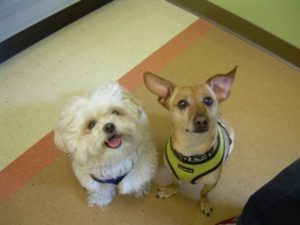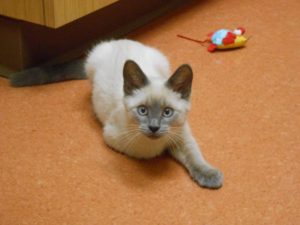 Highland Park Pet Pulse Oximetry Veterinary
Highland Park Pet Pulse Oximetry Veterinary
A pulse oximetry is used in a variety of situations on a daily basis. The most common use is monitoring your pet’s oxygen levels while undergoing general anesthesia. A pulse oximeter is a portable device, where probes are typically attached to the tongue or cheek and displays readings of your pet’s oxygen saturation percentages. The common locations include hairless, minimally-pigmented areas of the body including the lip, pinnae, prepuce, vulva, and interdigital space.
There are many advantages that support the routine use of pulse oximetry in veterinary patients. Some of these include accuracy, dependability, cost, non-invasive, easy application, convenience, and response time. The pulse oximeter produces multiple readings on the display so we can better understand what is going on while awake or under general anesthesia.
 Highland Park Dog Pulse Oximetry Veterinary
Highland Park Dog Pulse Oximetry Veterinary
There are many advantages that support the routine use of pulse oximetry in veterinary patients. Some of these include accuracy, dependability, cost, non-invasive, easy application, convenience, and response time. The pulse oximeter produces multiple readings on the display so we can better understand what is going on while awake or under general anesthesia.
 Highland Park Cat Pulse Oximetry Veterinary
Highland Park Cat Pulse Oximetry Veterinary
If the oxygen saturation levels fall below a certain percentage during anesthesia, it tells us to adjust the anesthesia and oxygen levels for your pet. Other examples of using a pulse oximetry, can assess the impact of oxygen therapy during the administration of antibiotics or anti-inflammatory drugs in pets affected with pneumonia or asthma. Overall, the pulse oximeter is an essential device in our daily practice and helps ensure we take into consideration all aspects of your pet.


